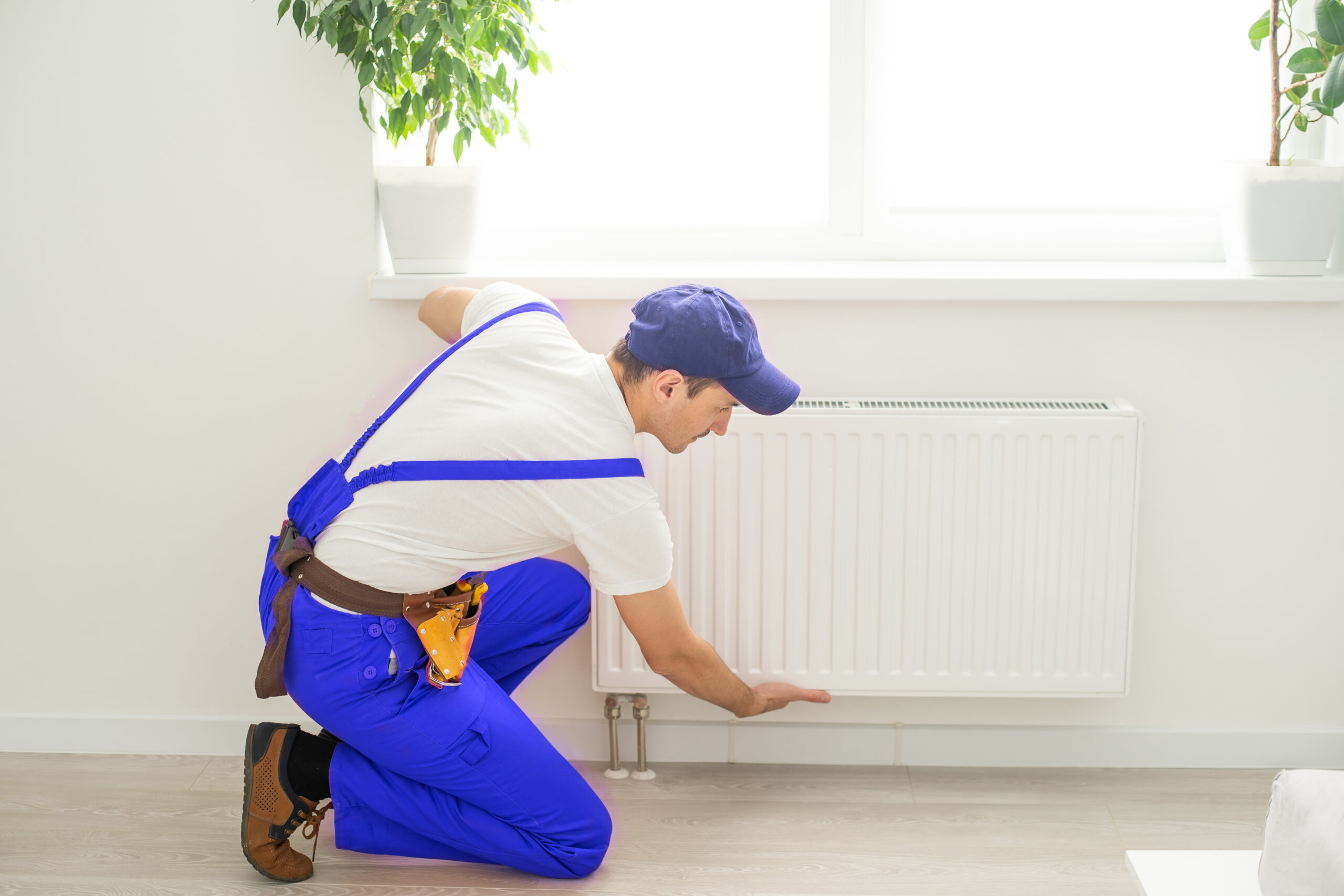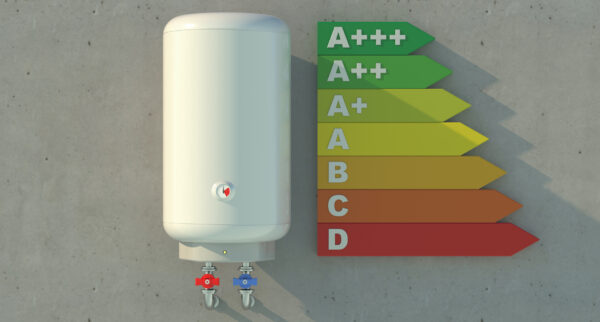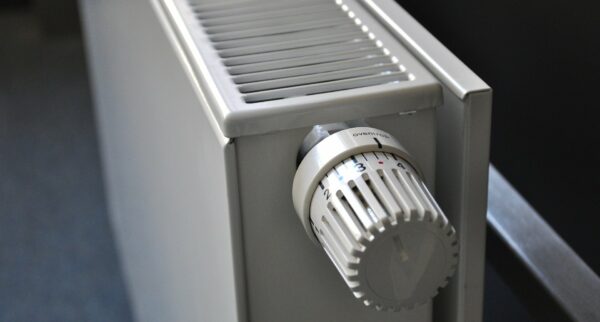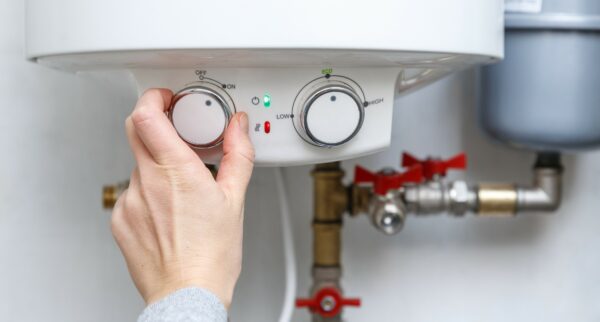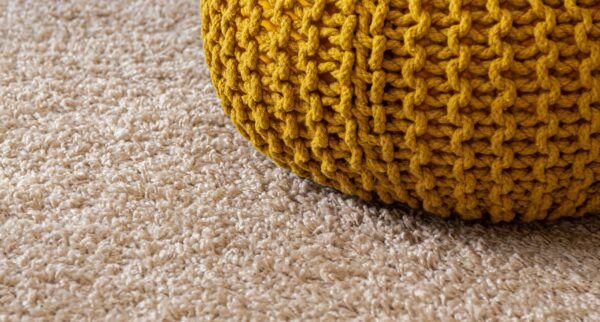Call us today 0207 32 32 999
Radiators are brilliantly robust and reliable, but they aren’t totally immune to the effects of wear and tear. Over time, radiators can be affected by damage and corrosion, which will significantly hamper their effectiveness – and make your house feel colder.
Think about radiator repair and replacements in a similar way you’d think about boiler repair and replacement. If a radiator is over 10 years old and isn’t working as well as it once did, it’s often worth replacing it to save you repair costs in the long-term. Doing so will improve energy efficiency, helping to reduce bills and keep every room of the house at a desired temperature.
Read on to find out more about radiators and when to replace them.
How long do radiators last?
While traditional, cast iron radiators can last for decades, more recent versions tend to be a little less resilient.
The expected lifespan of a typical radiator is between 10 and 15 years, but of course this is just a rough guide. The precise length of time that a radiator will last is affected by a number of different factors, like how much the heating system is used, and the level of demand that is placed on the radiator itself.
Few of us know exactly how old all our radiators are, however. And of course this can make it difficult to know when radiators might need replacing. There are a few telltale signs to look out for, though, all of which can indicate that a radiator is edging towards the end of its lifespan.
What are the signs that a radiator might need replacing?
If you’re concerned that your radiator might soon need replacing, keep your eyes peeled for some of the top signs and signals that indicate a radiator is starting to fail.
One of the key concerns with older radiators is corrosion. Over time sludge can build up within heating systems, and this tends to affect radiators as well as system pipework.
Sludge problems cause corrosion within radiators, and this hampers the movement of hot water. As a result, cold spots can start to appear on radiators. If the problem has worsened, the entire radiator might remain cold even if the boiler is switched on and working as it should.
Corrosion is also sometimes evident on the exterior of radiators. If you suspect corrosion, take a look at the outside of the radiator and see if you can spot any rust. Any noticeable patches on the exterior usually give us a good idea of what might be happening inside – and can be a good reason for replacing the radiator entirely.
If you’ve noticed that your heating system needs to be on for longer in order to heat your property, you might be feeling the effects of poor energy efficiency from your radiators. It’s always worth asking an engineer to take a look at the boiler and radiators to see whether the situation could be improved by replacing your radiators. Doing so may save you having to spend more than you need to on heating your home.
Improve energy efficiency with new radiators
Modern radiators are designed with energy efficiency in mind. Of course upgrading radiators is a big investment – particularly if your property is larger and has a more complex heating system. But it’s an investment that usually pays off quite quickly.
Modern radiators are equipped with a range of new features that help to improve energy efficiency. Some models, such as double panel radiators, use a larger surface area to deliver more heat than older versions ever could. Clever designs are also being used to improve the capabilities of much smaller radiators, which are ideal for bathrooms, utilities and downstairs WCs.
Replacing your radiators also gives you a great opportunity to add other features, such as thermostatic radiator valves. These clever contraptions provide a far greater level of control over the temperature of individual rooms, allowing homeowners to set different desired temperatures throughout a property – depending on how much use rooms get, and what rooms are being used for.
New radiator designs also make a huge difference to the look and feel of a space. Many more recent releases have been designed to take pride of place in the room, instead of being hidden behind a radiator cover that’ll only reduce the heat output of the appliance. And they come with a huge range of options in terms of their style, colour and size.
How to look after your new radiators
If you do decide to replace your radiators, we recommend that you keep them well looked after from day one. Even modern, feature-packed radiators will require routine maintenance from time to time.
Remember to bleed the radiators at least once a year, keeping an eye out for any discolouration in the water that comes out of the radiators. If the water is discoloured, make sure you call in an engineer to investigate, as this could indicate a build up of sludge in the system – something you won’t want coming into contact with your brand new radiators.
We always recommend that you continue to get your boiler serviced every year too. This will ensure that your engineer has an opportunity to spot any emerging problems before they start to affect the system and any new radiators you’ve invested in.
—
If your radiators are crying out for some attention, get in touch with a member of our team. We’ll arrange a convenient time to come and see you, and advise you on whether or not you’d benefit from replacing your radiators. If a replacement is recommended, our engineers will give you a quote for their work and let you know how long you can expect it to take. Just contact us to find out more.
